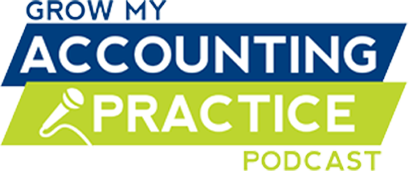I am sure you are familiar with the terms for your business’s financial reports including the Profit & Loss Statement (also known as the Income Statement), the Balance Sheet and the Cash Flow Statement. The question is, do you know how to read them? I bet you don’t. Not really.
If you talk with your accountant, she will explain to get a real sense of your company’s financial health you need to read all three of these statements, and calculate specific metrics like your Operating Cash Ratio and your Quick Ratio. Additionally, to make sure your numbers are current, she will tell you to do this weekly. It sounds great, but it is too much to learn and way too much to do (even if it was only monthly). So what do we entrepreneurs do? We look at our bank accounts.
I am not sure when traditional accountants will figure this out, but few entrepreneurs have the time to learn and leverage these financial tools, let alone do it weekly. In fact, the whole reason we hired that accountant in the first place is so they can do all that stuff for us. We don’t have the time to do the complex stuff, so we revert to Bank Balance Accounting.
How Bank Balance Accounting works is this: We log into our bank accounts, see what the balances are and then, based upon what we see, make decisions on how to proceed. We make collection calls and sell hard when our balance is low. We invest in equipment and expansion when the balance if high. It works. Kinda.
It works, because it is how we are wired to look at quick indicators (e.g. Does my bank account have enough money or not), trust our gut and then take an action. It doesn’t work perfectly though, because it seems that we never have enough money left to pay ourselves. That’s why I created Profit First.
Profit First is designed so that you can (and should) continue doing Bank Balance Accounting. With Profit First
you pre-allocate money into specific bank account (e.g. A Profit account, an Owner’s Compensation account, a Product Purchasing account, an Operating Expense account, etc.) in advance, so the next time (and every time) you log into your bank, you know exactly what the money is there for.
But it gets better. When you login and see that you don’t have enough money in an account, you will immediately be aware of the problem. That’s when you call your accountant and have her go through those statements and ratios with you. That’s why you hired her in the first place. If you accountant doesn’t get that, maybe it is time to find a new accountant.










